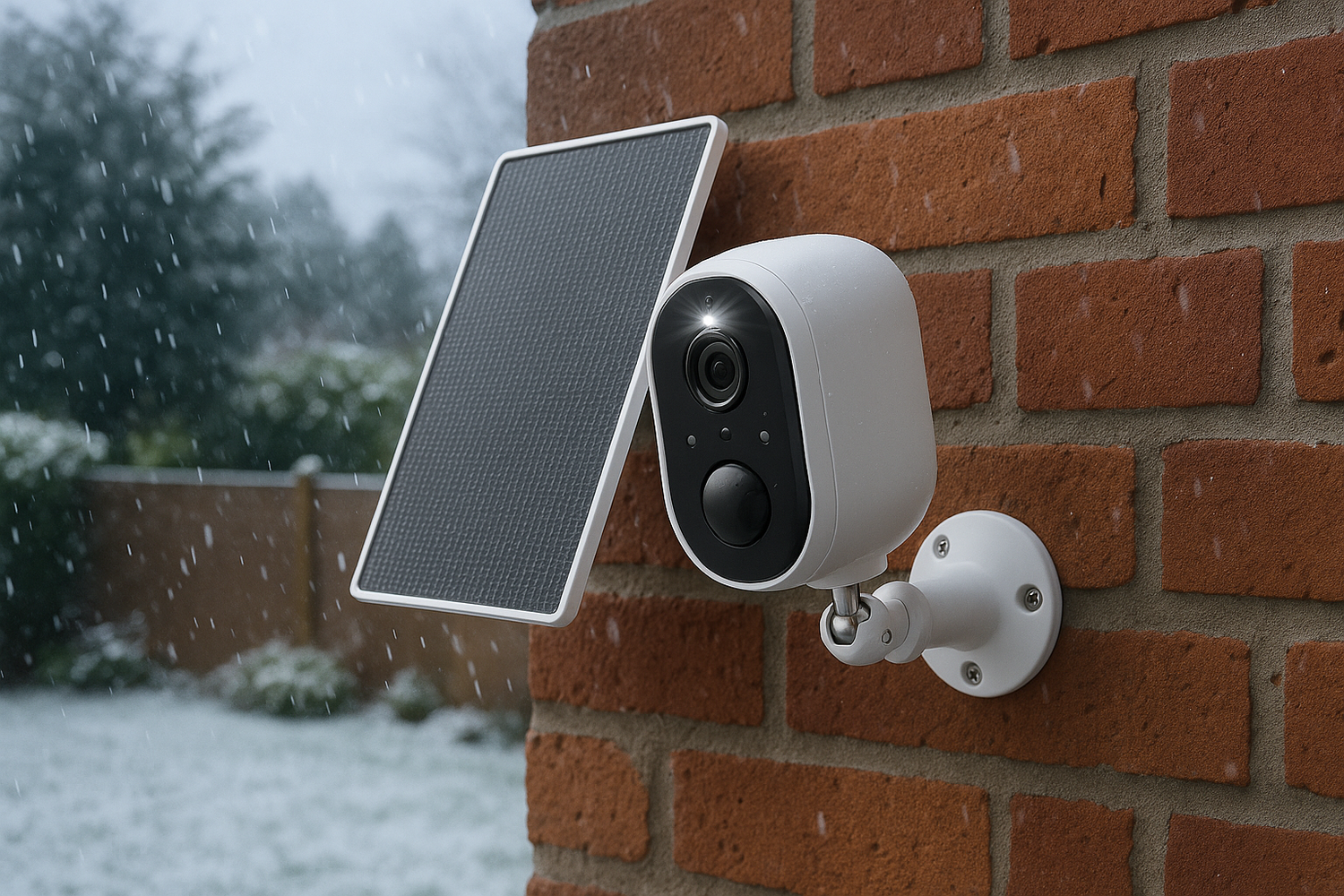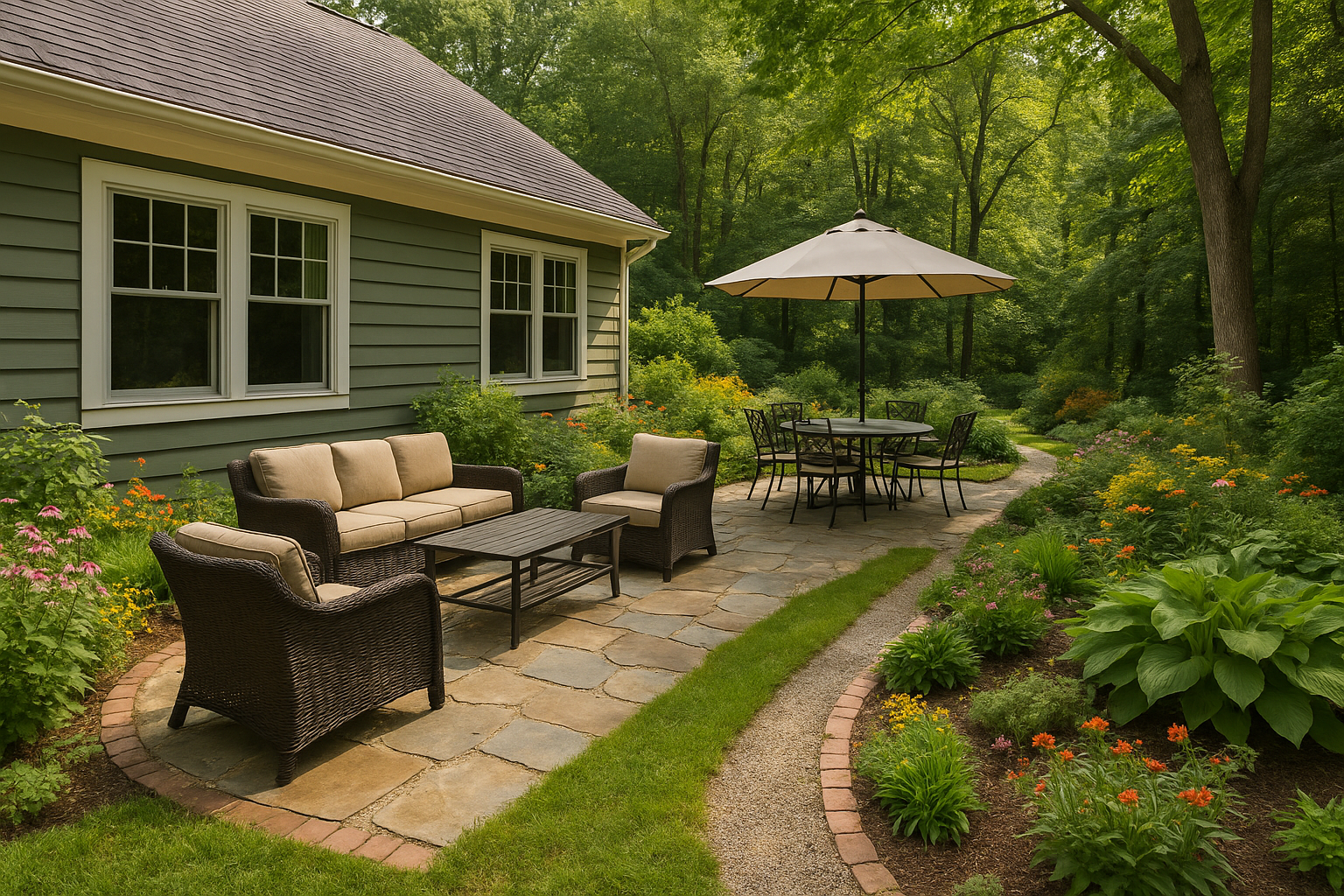Outdoor security system setup requires balancing environmental adaptability, functional compatibility, and practical scenario needs. This article begins with an analysis of technical parameters, systematically expounds on the core selection factors for home outdoor security cameras, and provides targeted solutions combined with typical application scenarios to help users establish a scientific purchasing logic.
I. Analysis of Core Technical Parameters and Performance Indicators
(A) Quantitative Relationship Between Lens Focal Length and Security Range
The lens focal length is a fundamental parameter determining security coverage, with its value exhibiting a clear functional relationship with monitoring distance and viewing angle. According to optical imaging principles, a 2.8mm focal length lens has a horizontal viewing angle of approximately 90°, suitable for close-range monitoring within 10 meters; a 4mm lens (70° angle) extends the effective monitoring distance to 15 meters; a 6mm lens (50° angle) covers 20-30 meters; and telephoto lenses above 12mm are suitable for long-distance monitoring beyond 50 meters. In practice, the principle of "larger focal length, longer viewing distance but narrower angle" should be followed—for example, 4-6mm lenses for courtyard security, and 8mm+ for long-distance parking lot monitoring.
(B) Technical Standards for Waterproof and Dustproof Ratings
The environmental adaptability of outdoor devices is defined by the IP (Ingress Protection) rating system, established by the International Electrotechnical Commission (IEC 60529). The first digit represents dustproof level (Level 6 means complete prevention of dust intrusion), and the second digit represents waterproof level (Level 6 withstands high-pressure water jetting at 12.5mm/min, while Level 7 allows immersion in 1m water for 30 minutes). According to GB/T 4208-2017 Shell Protection Rating, IP66+ devices are required for conventional outdoor environments, with IP67 recommended for rainy or coastal areas to resist heavy rain and salt spray corrosion.
(C) Technical Implementation Paths for Night Vision Capability
Night security performance depends on the coordination of photosensitive element performance and fill-light technology. Infrared night vision (IR) uses 850nm or 940nm wavelength IR lamps for 30-50m clear imaging in 0lux full-dark environments, though in black and white. Starlight-level night vision employs high-sensitivity CMOS sensors with F1.4 large-aperture lenses to render color images in 0.01lux low-light conditions, suitable for scenarios requiring color recognition. Ultra-starlight devices work in 0.001lux, but at higher costs.
(D) Technical Selection Analysis of Storage Solutions
Mainstream storage methods have distinct technical characteristics: MicroSD card storage follows the SDXC standard, supporting up to 1TB; a 2MP camera can store ~30 days of H.265-encoded footage. NVR hard drive storage uses SATA interfaces, with single disks up to 16TB and RAID support for multi-camera (4+ channels) centralized storage. Cloud storage adopts end-to-end encryption (compliant with ISO 27001), suitable for high-security needs despite periodic fees (typically $5-$15/month).

II. Power Supply and Network Transmission Solutions
(A) Comparison of Diverse Power Supply Technologies
Traditional Power Supply
Uses DC 12V/2A adapters, effective within 50m, requiring waterproof power boxes for proximity to indoor distribution panels.
POE Power Supply
Follows IEEE 802.3af/at, transmitting power and data via CAT5e+ cables within 100m, with system power ≤30W for large-scale deployment.
Battery Power Supply
Lithium-polymer batteries (5000-20000mAh) paired with low-power chips (e.g., ARM Cortex-M series) can last 3-6 months in motion-detection mode.
Solar Power Supply
Requires 10-30W solar panels and 12V batteries, suitable for off-grid areas with ≥4 hours of daily effective sunlight.
(B) Network Transmission Technology Selection
For wireless transmission, Wi-Fi 6 (802.11ax) reaches 200m in open areas but is obstructed by obstacles; 4G/5G LTE modules (CAT.4+) offer 150Mbps bandwidth for remote areas. For wired transmission, CAT6 cables support 100Mbps within 100m, sufficient for 4K video.
III. Technical Implementation and Application Value of Intelligent Functions
(A) Evolution of Motion Detection Technology
Traditional PIR sensors are prone to false alarms from temperature changes, while modern AI visual algorithms analyze pixel changes, target shapes, and motion trajectories to achieve >95% human detection accuracy, filtering out animals and light effects, with response times <200ms.
(B) Intelligent Tracking and Cruise Technology
Some PTZ cameras support 360° horizontal/70° vertical rotation with 0.1° preset position accuracy. In auto-cruise mode, they scan preset paths at 5-10°/s with 5-60min cycles; human tracking algorithms maintain <5% loss rate while following targets at 1.5m/s.

IV. Technical Solutions for Typical Application Scenarios
(A) Courtyard and Farmyard Security
With a typical monitoring radius of 10-20m, recommend 4-6mm fixed lenses or 20x zoom PTZ cameras. Opt for POE power and Wi-Fi/ethernet networking, with 256GB MicroSD storage. Require IP66 waterproofing and IR fill-light (30m+ range).
(B) Villa Perimeter Protection Systems
Large villas need multi-node networks: 6mm lenses for gates (30m range), 12mm telephotos for walls with IR beam detectors, and 360° PTZs for courtyards. Adopt POE switches for central power, 16-channel NVR with 8TB drives for 60-day storage, and gigabit fiber backbones for 4K transmission.
(C) Outdoor Mobile Scenario Applications
For stalls and off-grid areas, recommend 10000mAh lithium batteries + 10W solar panels with 4G LTE modules. Choose low-power cameras, 128GB MicroSD with H.265+ encoding for 15-day event storage, and IP67 waterproofing.
(D) Agricultural Park Security Solutions
For orchards and fish ponds, use 30W solar panels + 24Ah batteries with 4G/5G networking. Deploy 20x zoom PTZs with 3km IR fill-light (50m radius). Prioritize human detection and intrusion alarms, triggering acoustic-optic warnings and real-time mobile notifications within 1s.
V. Technical Points for Installation and Maintenance
Recommended installation heights: 2.5-3m for fixed cameras, 3-5m for PTZs to avoid vandalism. Adjust lens angles with 15-30° depression for optimal coverage. Routine maintenance includes quarterly lens cleaning (alcohol wipes), annual power system voltage checks (DC 12V±10%), and bi-annual solar panel/battery replacements (when efficiency drops below 70%).
By systematically understanding the above technical parameters and scenario adaptations, users can build a scientific purchasing decision model to balance reliability, functionality, and economy. It is recommended to draw a security point plan during the design phase, marking distance, angle requirements, and environmental conditions for quantitative equipment selection.

VI. Discover Cabay's Advanced Outdoor Security Solutions
Elevate your home security with Cabay's cutting-edge wireless solar security cameras, designed to blend technical excellence with unparalleled convenience. Engineered for uninterrupted performance, our cameras feature:
1. 100% Wireless & Solar-Powered Operation
Equipped with high-capacity rechargeable batteries and a dedicated solar panel, ensuring continuous power without manual battery replacements. The integrated solar solution delivers hassle-free, sustainable monitoring in any outdoor environment.
2. Crystal-Clear 2K Resolution
Experience 3MP (2K) clarity that captures intricate details, far surpassing standard HD cameras. Whether identifying faces or license plates, our technology ensures sharp, noise-free video in all lighting conditions.
3. Intelligent Human Tracking & Real-Time Alerts
Advanced AI algorithms detect human motion, triggering automatic tracking and recording. Simultaneously, a built-in floodlight and siren activate to deter intruders, while instant mobile notifications keep you informed within seconds.
4. Enhanced Night Vision
A powerful spotlight illuminates dark areas (pathways, driveways) with adjustable brightness, enabling full-color night vision and expanding security coverage even in complete darkness.
5. Effortless Setup & Flexible Storage
Connect seamlessly via 2.4GHz WiFi (compatible with 5G environments) and choose between local SD storage (up to 128GB) or secure cloud storage. Our encrypted cloud service ensures footage is backed up, accessible, and protected from loss.
Designed for homes, yeards, and outdoor spaces, Cabay cameras redefine outdoor security with reliability, intelligence, and eco-friendly operation. Explore Cabay.com to find the perfect solution for your security needs.





Hinterlasse einen Kommentar
Diese Website ist durch hCaptcha geschützt und es gelten die allgemeinen Geschäftsbedingungen und Datenschutzbestimmungen von hCaptcha.